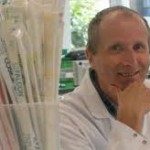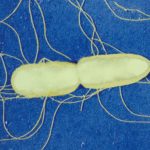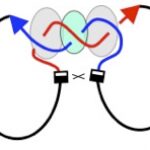I am a geneticist, passionate about bacteria and their evolutionary mechanisms. I lead a team working on horizontal gene transfer, recombination, the SOS response and genome architecture.
I did my PhD in Genetics, on the genes encoding the light harvesting complexes of cyanobacteria – the phycobilisomes- and their regulation by the light composition as well as by sulfur availability in waters. I then worked on the formylation/ deformylation steps of the translation initiation process in bacteria. I identified the deformylase gene and showed that this essential activity, exclusively found in bacteria, was an ideal target for the development of new antibiotics. After that, I went to UBC, as visiting prof. with Julian Davies, where I started to work on integrons and their origin. At that time, in 1995, they were only described as the primary source of resistance toward multiple antibiotics among Gram-negative pathogens. With Julian, we identified the first chromosomal integron in Vibrio cholerae, where this platform plays a broader role for adaptation. Back in Paris, I pursued this exciting project and first concentrated my efforts on understanding the basics of the integron’s genetic unique properties, in particular on the molecular mechanisms and the dynamics of gene capture in integrons, in the context of the antibiotic resistance development. In recent years, we have expanded our studies to three new topics: – how subinhibitory concentrations of antibiotics trigger specific stress responses and genetic diversification; – the understanding of the two chromosomes architecture of Vibrio species genomes, and the selective advantages it conveys, using V. cholerae, the agent of cholera, as paradigm; – the development of new live antibacterial weapons to offer an alternative to treat infections caused by multi resistant bacteria






















